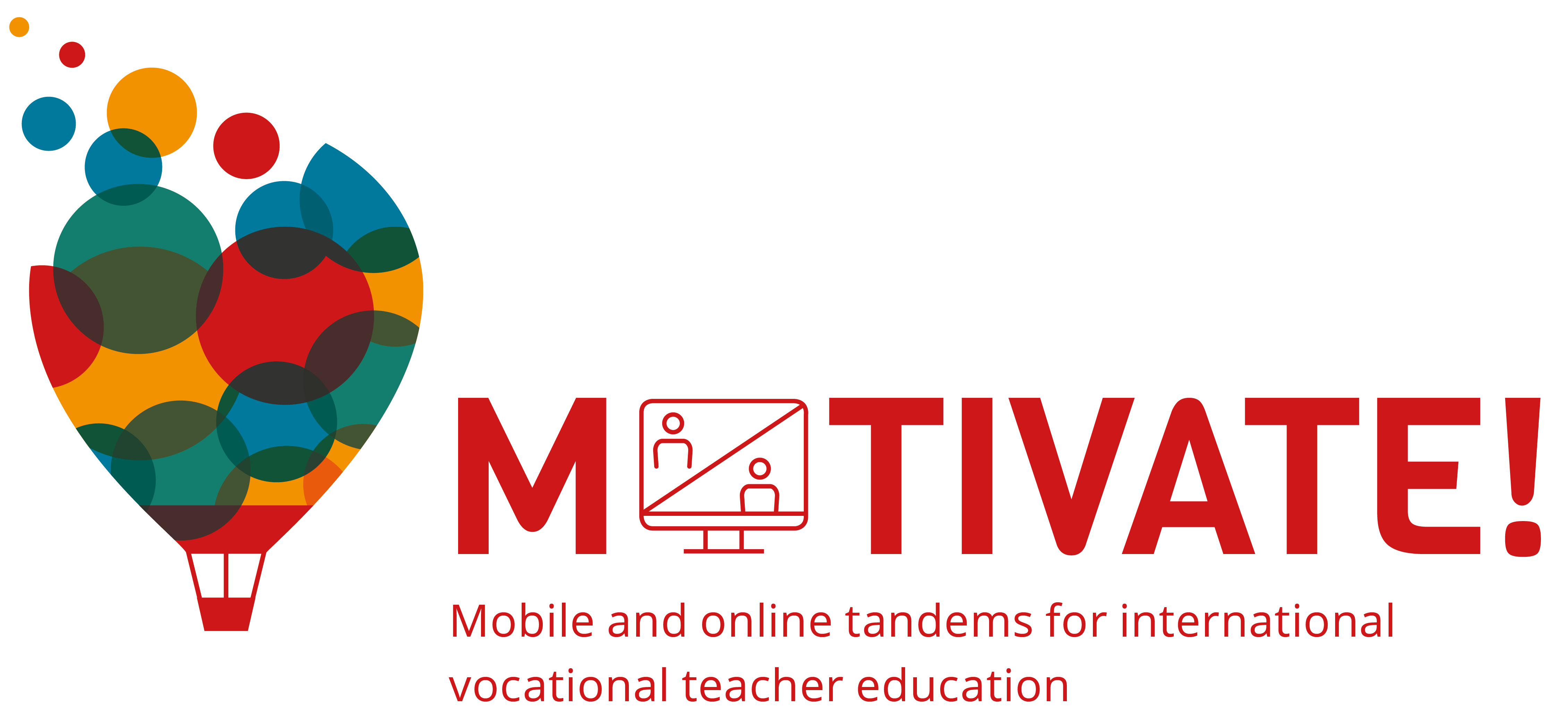- 22/05/2024
- Posted by: MOTIVATE students
Diversity in education has been a very global topic in our ever grown society. As educators it is important to use and embrace diversity to support our students in their learning. Diverse classrooms bring together students from various cultural, ethnic, and socioeconomic backgrounds. This can enrich and promote multiple perspectives, critical thinking and equipped to navigate cross-cultural situations.
Strategies for fostering Diversity
By being “the man in the mirror” we can reflect on ourselves, to recognize where we ourselves need education, what bases we have and how we could conquer them, in order to let diversity speak. That means having an understanding of the different backgrounds that might exist in the learning environment. A big part for understanding diversity is that it goes hand in hand with inclusion and empathy. It’s a necessity for a compassionate learning environment. Infusing diverse perspectives into the curriculum, using diverse examples and letting everyone feel valued and heard, can lead to developing an intercultural sensitivity.
Keys word for developing intercultural sensitivity
● encourage self- reflection
● teach active listening skills
● be open-minded
● peer counseling
● cultivate empathy by discussing real-world issues
● actively seeking dialogs with different people
● accepting mistakes as part of the process
Conclusion
It is a challenging process to embrace diversity, but it is rewarding as well. Diversity in education isn’t just about ticking boxes- it’s about creating a vibrant, inclusive community where everyone feels respected and valued. By fostering intercultural sensitivity, we can prepare our students to thrive in a diverse world. We educators have the power to shape a more compassionate and understanding one-society classroom.








